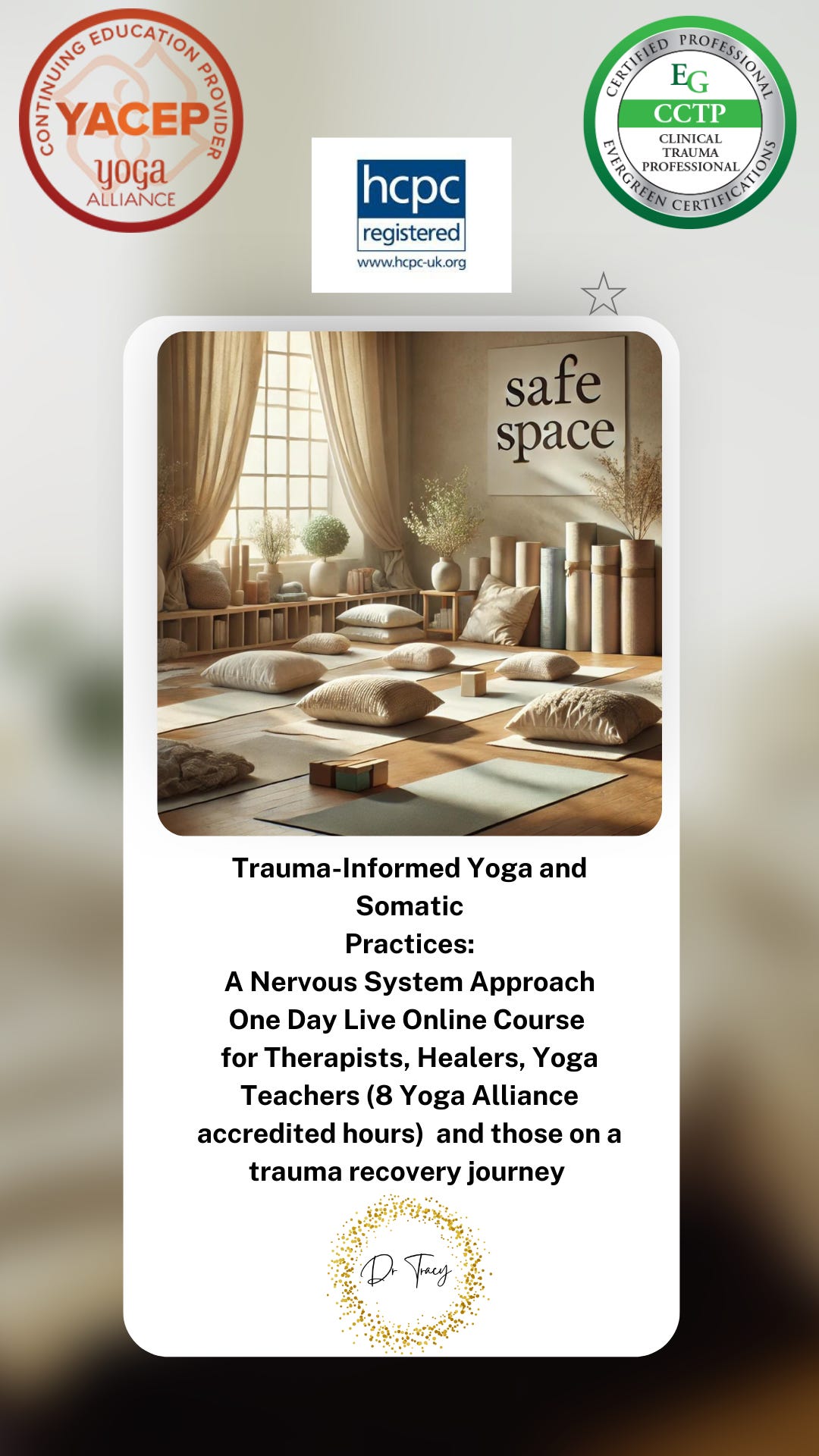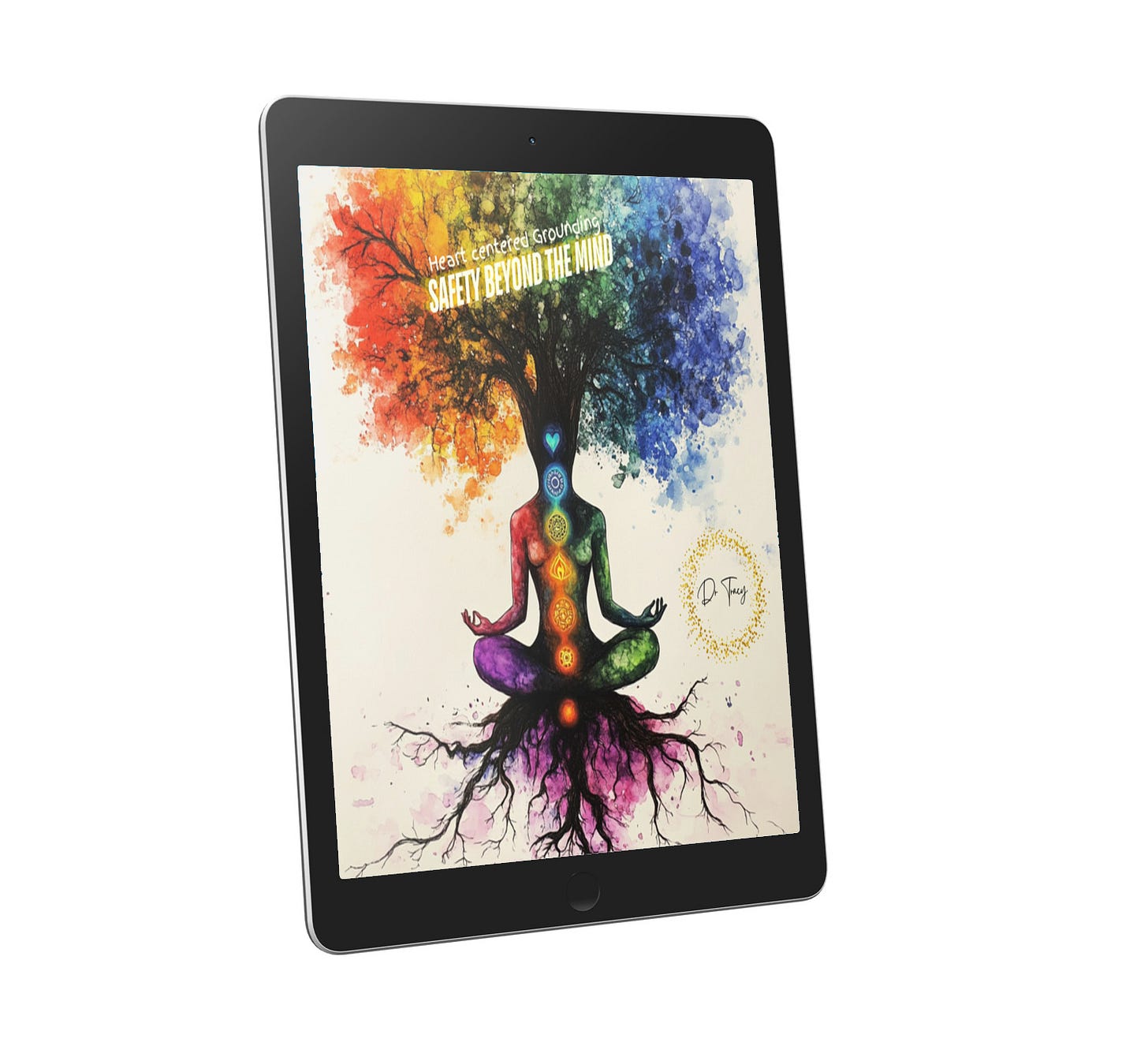There are things we remember long after we’ve forgotten them.
Not in the form of stories, but in the tissues that hold our shape.
Like the instinct to pull away from a kind hand.
Or the hesitation before a hug.
Or the way the body tenses before touch even arrives.
These are not quirks or oversensitivities.
They are the echoes of a nervous system that learned:
“Touch is not safe.”
The Body Learns Before the Mind Understands
Before we knew language, we knew sensation.
We learned the world through skin.
Touch was our first mirror. The earliest way we sensed:
Am I welcome here?
Am I too much?
Do I make others tense, or smile, or sigh?
In infancy, safe and attuned touch tells the nervous system:
“You belong. You are safe in relationship.”
But when touch is inconsistent, absent, rushed, harsh, overly sexualised, or emotionally empty, the message becomes scrambled.
Instead of security, the skin encodes survival.
The brainstem—the oldest part of the brain—stores those first impressions.
The somatosensory cortex maps them across the body.
The amygdala links them to fear.
And long before the prefrontal cortex can reason or remember, the body is already bracing.
Trauma Isn’t Always What Happened—It’s What Wasn’t Felt Safely
This is why trauma isn’t always about overt violation.
Sometimes the wound is subtler:
A lack of warmth or physical affection
Being comforted with food or silence instead of presence
Having your body touched only for function—washed, dressed—but never attuned to
Being hugged but not felt
So later in life, when someone touches your face gently,
or places a hand on your back,
or offers to hold you…
…the body flinches.
The breath shortens.
The skin braces.
Not because something is wrong now—
but because the body never got to learn what safe touch feels like.
The Flinch Is a Form of Loyalty
When we resist closeness, it’s easy to judge ourselves.
“Why can’t I just relax?”
“Why do I feel irritated when someone hugs me?”
“Why does affection feel so fake or intrusive?”
But the flinch is not resistance—it’s loyalty.
It’s the body saying, “This is how I kept you safe when you were too small to run or speak.”
It’s a muscle memory.
A fascial imprint.
A map of unintegrated experience held just beneath the surface of the skin.
And like any map, it can be revised—but not through logic.
Through felt experience.
We Heal Through Safe, Consensual Relearning
Safety doesn’t return through exposure.
It returns through attunement.
Just like the nervous system contracted in response to unsafe or absent touch,
it can soften again in response to new, slow, consensual, body-led experiences.
This is not about needing others to hold us.
It begins with how we hold ourselves.
1. Self-Touch as Somatic Reparenting
Begin with your own hands. Place one over your heart. One over your belly.
Notice: How does your body respond?
Stay with it. Speak softly, internally or aloud:
“I’m here. I see you. You don’t have to brace.”
Even if it feels awkward or numb at first, keep showing up.
This is not performance—it’s presence.
2. Touch Without Agenda
In trauma recovery, touch often came with expectation.
Compliance. Comfort. Control.
But healing touch asks nothing in return.
It just says: “You get to have this without earning it.”
This might look like:
A weighted blanket
A warm compress on the belly
Gua sha (a traditional East Asian healing technique that involves scraping the skin with a smooth-edged tool to stimulate circulation, release tension, and promote lymphatic drainage. Rooted in Traditional Chinese Medicine) across the heart space
Brushing your arms with mindful presence
3. Somatic Movement with Stillness
Yin yoga, restorative poses, bodywork, and Thai massage allow the body to receive touch without needing to move, perform, or please.
Gravity and props provide non-threatening pressure—mimicking the containment once needed and often missed.
Stay long enough to let the parasympathetic nervous system whisper:
“You don’t have to hold everything anymore.”
The Skin Doesn’t Forget—But It Can Forgive
Touch is not just a physical experience.
It’s emotional, spiritual, ancestral.
It holds grief, memory, longing, and relief.
You may find your body crying in a massage.
You may start shaking during a yoga class.
You may sigh in a warm embrace and not know why.
This is release.
This is the skin remembering its softness.
This is the body finally being allowed to receive.
What the skin remembers, it does not do to punish you.
It remembers because once, you needed protection more than connection.
But now, you are creating new conditions.
You are not rushing.
You are not forcing.
You are staying.
And slowly, moment by moment, breath by breath,
you are teaching your skin:
“This time, it’s safe to be touched.
This time, you’re allowed to let it in.”
A Practice for Paid Subscribers is available at the end of this article Somatic Reconnection: A Guided Self-Touch Ritual. A Nervous System Practice for Reclaiming Safety in the Skin
If you want to know more about body-based approaches to well-being and healing why not consider my somatic approaches course where I dive more deeply into body-based ways to regulate the nervous system: Click the image below to find out more:
If you don’t want a regular commitment but would like to contribute to me helping others then click below to buy me a coffee!
I recently spoke about the importance of learning to work with your nervous system, which includes grounding, on UK Health Radio - click the image below to listen.
If you feel you want to try some meditations to help you reconnect with your body which can really help when trying to set boundaries, as you can learn to feel when something does and does not serve you. Click the images below to find out about the specific focus of each. All my meditations use healing frequencies, subliminal messages and binaural beats to enhance recovery - if these terms feel meaningless click, the images to find out more.
To continue to reconnect with your body more and remain mindful and present, see if any of these online courses from Rewire Trauma Therapy resonate with you:
Paid subscribers see my code below for 50% off courses over $240 dollars
Somatic Therapy Programme Link
For media enquiries please see my press page









